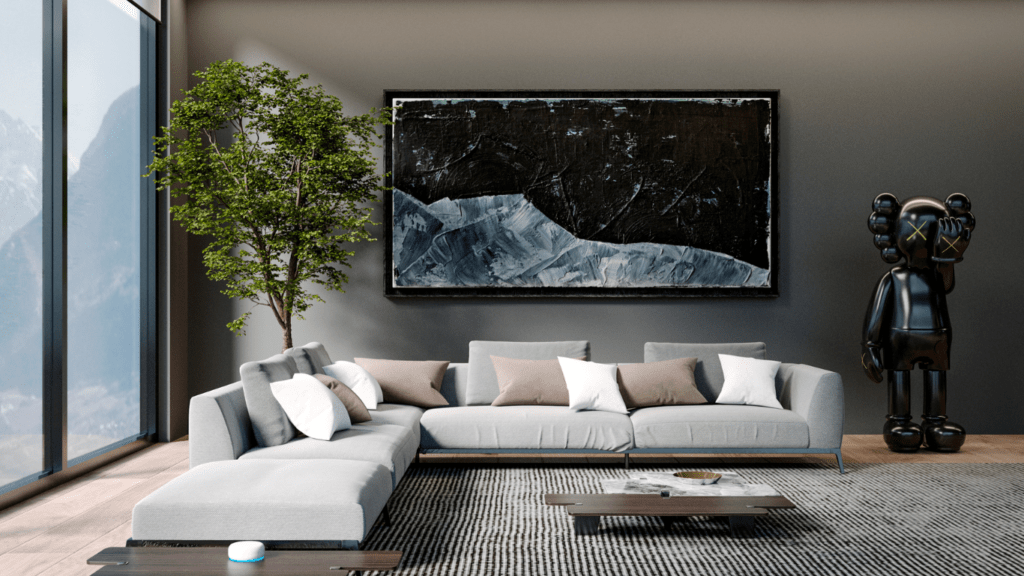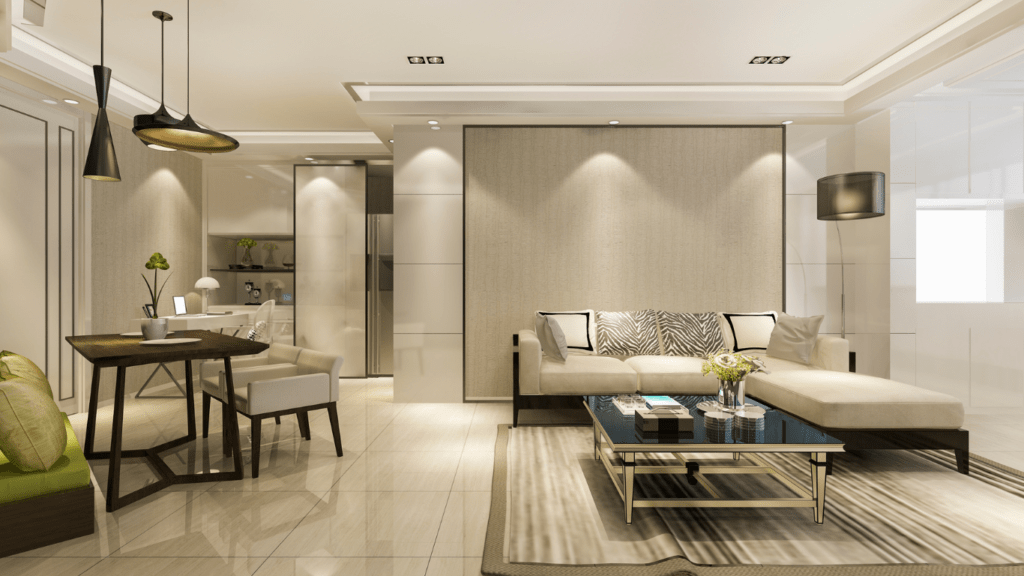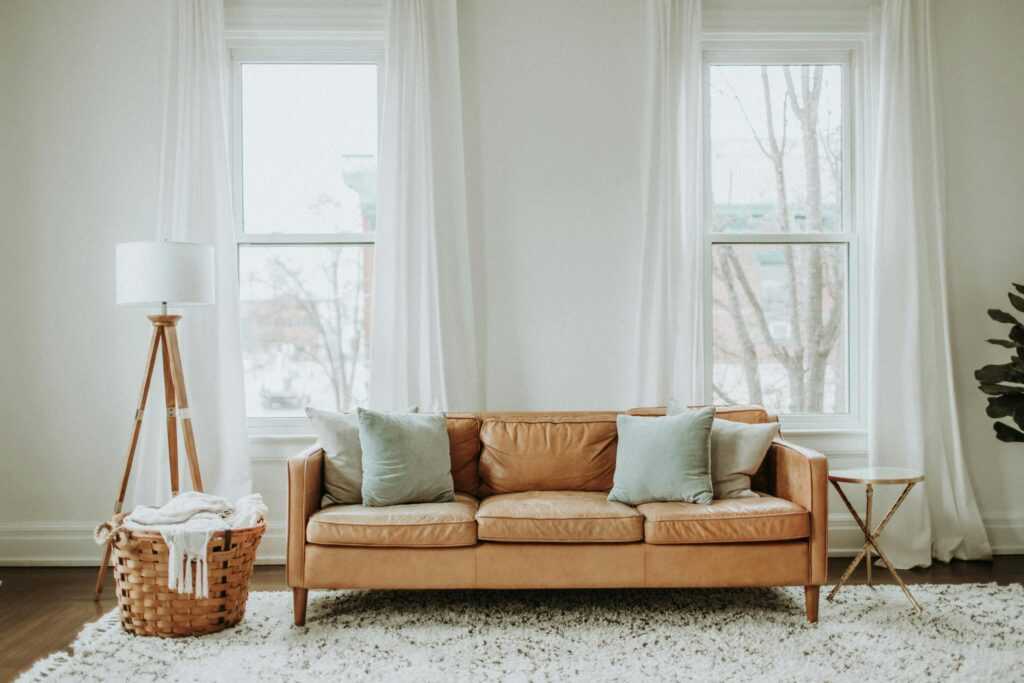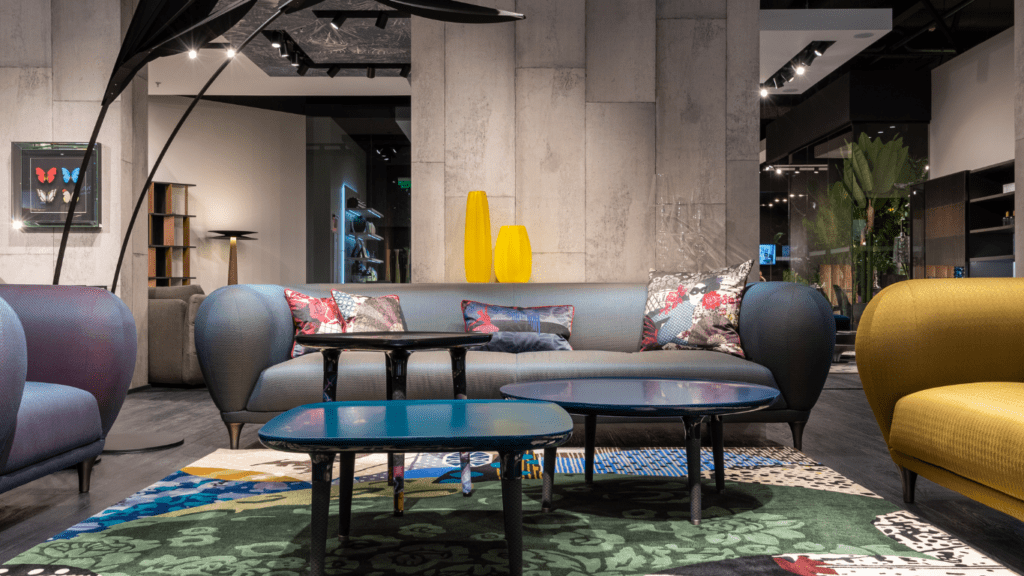Understanding Minimalist Design
Minimalist design emphasizes simplicity and functionality, avoiding excess and clutter. Favoring clean lines and neutral colors, minimalism creates calm and orderly spaces.
Key Characteristics of Minimalism
Minimalist design focuses on essential elements. Furniture and decor are sparse, with each piece serving a practical purpose. Neutral colors like:
- white
- gray
- beige
dominate the color palette, creating a serene atmosphere. Open spaces are common, ensuring the area feels uncluttered and airy. Materials such as wood, glass, and metal are often used for their clean and modern aesthetic. Lighting is natural or unobtrusive, enhancing the sense of simplicity.
Popular Examples of Minimalist Design
Renowned examples include Apple stores and Muji products. Apple stores use clean lines and open spaces to highlight their products, embodying minimalist principles. Muji, a Japanese retailer, offers simple, functional items that adhere to the minimalism ethos. Scandinavian interiors also epitomize this trend, combining functionality with understated elegance.
Unpacking Maximalist Design
Maximalist design, in contrast to minimalism, embraces complexity and grandeur. It focuses on creating spaces rich with color, texture, and decor elements.
Key Features of Maximalism
Maximalism celebrates abundance through vibrant color schemes and textural variety. Rooms often feature a mix of patterns, fabrics, and materials. There’s a deliberate layering of decor items, with furnishings that vary in style, form, and period.
- Bold Colors: Maximalist spaces use saturated hues and contrasting shades.
- Pattern Mixing: Floral prints, geometric shapes, and eclectic motifs coexist.
- Textural Variety: Spaces include textures like velvet, silk, and woven materials.
- Artwork and Decor: Walls display an array of art pieces, mirrors, and decorative objects.
- Furniture Diversity: Mixing modern, vintage, and antique furnishings adds character.
Notable Examples of Maximalist Design
Historical and contemporary interior designers provide excellent instances of maximalist design.
- Tony Duquette: His spaces feature elaborate, theatrical arrangements with luxurious materials.
- Sasha Bikoff: Known for eclectic interiors that blend modern elements with retro aesthetics.
- Studio Peregalli: Their work showcases maximalism through intricate detailing and historic references.
Renowned spaces, like the interiors of the Palace of Versailles, serve as a historical precedent. Modern examples can be found in boutique hotels and private residences, where unique, opulent styling prevails.
This section enriches the understanding of maximalism by showcasing its defining traits and notable examples, setting the tone for evaluating these trends against minimalism.
Comparing Minimalism and Maximalism

Minimalism and maximalism differ significantly in style and philosophy. Each trend has unique aspects that attract distinct audiences.
Aesthetic Preferences
Minimalism prioritizes simplicity and cleanliness, appealing to those who favor an uncluttered look. It often features neutral colors like white, gray, and beige, creating a serene and calming environment. Sparse decor, essential furnishings, and clean lines dominate this style.
Examples: Apple stores use open spaces and Muji products emphasize functionality. Scandinavian designs balance functionality and elegance.
Maximalism, in contrast, embraces complexity and extravagance, drawing in those who love bold visuals and intricate details. Vibrant colors such as reds, blues, and golds, along with pattern mixing, create a dynamic and eye-catching space. Eclectic decor elements and a mix of different styles often define this design philosophy.
Examples: Tony Duquette’s designs are rich and opulent, Sasha Bikoff’s work showcases eclectic beauty, and the Palace of Versailles epitomizes historical maximalism.
Practical Considerations
Minimalism offers practicality through its lack of clutter and emphasis on functionality. Spaces are easier to clean and maintain due to fewer items and straightforward designs. This style supports an orderly and stress-free living environment. Sustainability also aligns well with minimalism, due to its focus on durable, well-crafted pieces.
Examples: Wooden furniture, glass elements, and open space planning make maintenance easier and promote practicality.
Maximalism offers practical benefits through its personalization and ability to showcase diverse tastes. This style accommodates a wide variety of furnishings and decor, making it highly adaptable. Spaces can evolve as personal collections grow and tastes change, providing a dynamic and flexible living environment.
Examples: Rooms filled with art collections, rare artifacts, and unique furniture pieces offer personalized, ever-changing aesthetics.
Each trend has its own set of practical benefits, appealing to different lifestyles and preferences.
Design Trends in Different Contexts
Different contexts influence the adoption and impact of minimalist and maximalist design trends. Let’s explore their implications in interior and web design.
Interior Design
In interior design, minimalism prioritizes open spaces, neutral tones, and unembellished furniture. It suits those preferring serene, functional environments. Examples include Japanese Zen-inspired rooms and modern lofts with exposed elements.
Conversely, maximalism thrives on vibrant colors and diverse patterns. It appeals to those seeking expressive, energetic spaces. Examples comprise eclectic living rooms featuring vintage finds and bold artwork, as seen in Bohemian interiors.
Web Design
Web design illustrates significant contrasts in minimalist and maximalist trends. Minimalist web design focuses on simple layouts, ample white space, and intuitive navigation. It enhances user experience by reducing distractions, as seen in websites like Google’s homepage and Apple’s product pages.
Maximalist web design embraces eye-catching visuals and complex interfaces. It engages users through rich imagery and dynamic elements. Examples include portfolio sites with elaborate graphics and interactive features, such as those by creative agencies and artists.
Expert Opinions
I’ve gathered insights from leading designers to understand the merits and appeal of both minimalist and maximalist design trends.
Insights from Minimalist Designers
Minimalist designers emphasize the importance of simplicity. Marie Kondo, a renowned organizing consultant, advocates decluttering as a way to achieve a serene living space. Architect Ludwig Mies van der Rohe, famous for the phrase “Less is more”, highlights functional and straightforward designs in architecture and furniture. Dieter Rams, a product designer for Braun, insists on design principles that prioritize user functionality and minimal distractions. These experts argue that minimalism fosters a calm, organized, and efficient environment.
Views from Maximalist Designers
Maximalist designers celebrate abundance and personality. Tony Duquette, an influential designer, believes in “more is more”, creating theatrical spaces with dramatic elements. Sasha Bikoff, recognized for her bold and colorful interiors, argues that maximalism allows for a richer, more expressive personal style. Designer Jonathan Adler emphasizes a playful approach, using diverse materials and vibrant colors to craft unique, memorable spaces. According to these experts, maximalism enables creativity, warmth, and an immersive aesthetic experience.



 Lead Interior Design Expert
Maud Berthold is Luxe House Maker’s lead interior designer, bringing over a decade of experience in creating luxurious and functional living spaces. Specializing in the art of blending timeless elegance with modern sensibilities, Maud’s designs are known for their sophistication and attention to detail. She works closely with clients to craft interiors that reflect their personal tastes while adhering to the highest standards of luxury. From high-end furniture to custom décor, Maud ensures that each project is an exquisite balance of form and function, making her a key asset to the Luxe House Maker team.
Lead Interior Design Expert
Maud Berthold is Luxe House Maker’s lead interior designer, bringing over a decade of experience in creating luxurious and functional living spaces. Specializing in the art of blending timeless elegance with modern sensibilities, Maud’s designs are known for their sophistication and attention to detail. She works closely with clients to craft interiors that reflect their personal tastes while adhering to the highest standards of luxury. From high-end furniture to custom décor, Maud ensures that each project is an exquisite balance of form and function, making her a key asset to the Luxe House Maker team.
